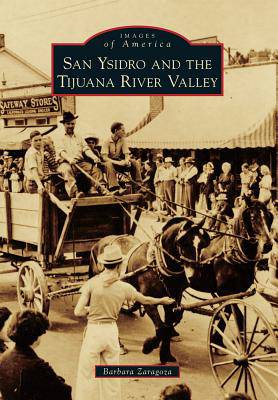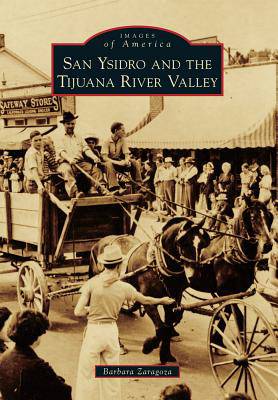
- Afhalen na 1 uur in een winkel met voorraad
- Gratis thuislevering in België vanaf € 30
- Ruim aanbod met 7 miljoen producten
- Afhalen na 1 uur in een winkel met voorraad
- Gratis thuislevering in België vanaf € 30
- Ruim aanbod met 7 miljoen producten
Zoeken
€ 34,95
+ 69 punten
Uitvoering
Omschrijving
In 1851, surveyors placed a marble obelisk on a mesa overlooking the Pacific Ocean, which demarcated the United States-Mexico boundary line. Tourists flocked to the region alongside land speculators who envisioned upscale hotels, resorts, and spas. Two decades later, an East Coast journalist, William Smythe, established a utopian agricultural colony in what is today San Ysidro. Tourists began to cross the border in droves when Tijuana earned the reputation as "vice city." Racetrack, saloon, and gambling house employees settled in San Ysidro, while ranchers in the Tijuana River Valley bred horses for the racetracks. Dairy and vegetable farmers also moved in, taking advantage of the year-round mild weather. By the 1970s, suburban development and greater restrictions to the flow of people at the border meant the area became a predominantly Spanish-speaking community. The Port of Entry at San Ysidro also became the largest in the world, accommodating over 47 million people annually.
Specificaties
Betrokkenen
- Auteur(s):
- Uitgeverij:
Inhoud
- Aantal bladzijden:
- 128
- Taal:
- Engels
- Reeks:
Eigenschappen
- Productcode (EAN):
- 9781467131889
- Verschijningsdatum:
- 23/06/2014
- Uitvoering:
- Paperback
- Formaat:
- Trade paperback (VS)
- Afmetingen:
- 165 mm x 231 mm
- Gewicht:
- 299 g

Alleen bij Standaard Boekhandel
+ 69 punten op je klantenkaart van Standaard Boekhandel
Beoordelingen
We publiceren alleen reviews die voldoen aan de voorwaarden voor reviews. Bekijk onze voorwaarden voor reviews.











